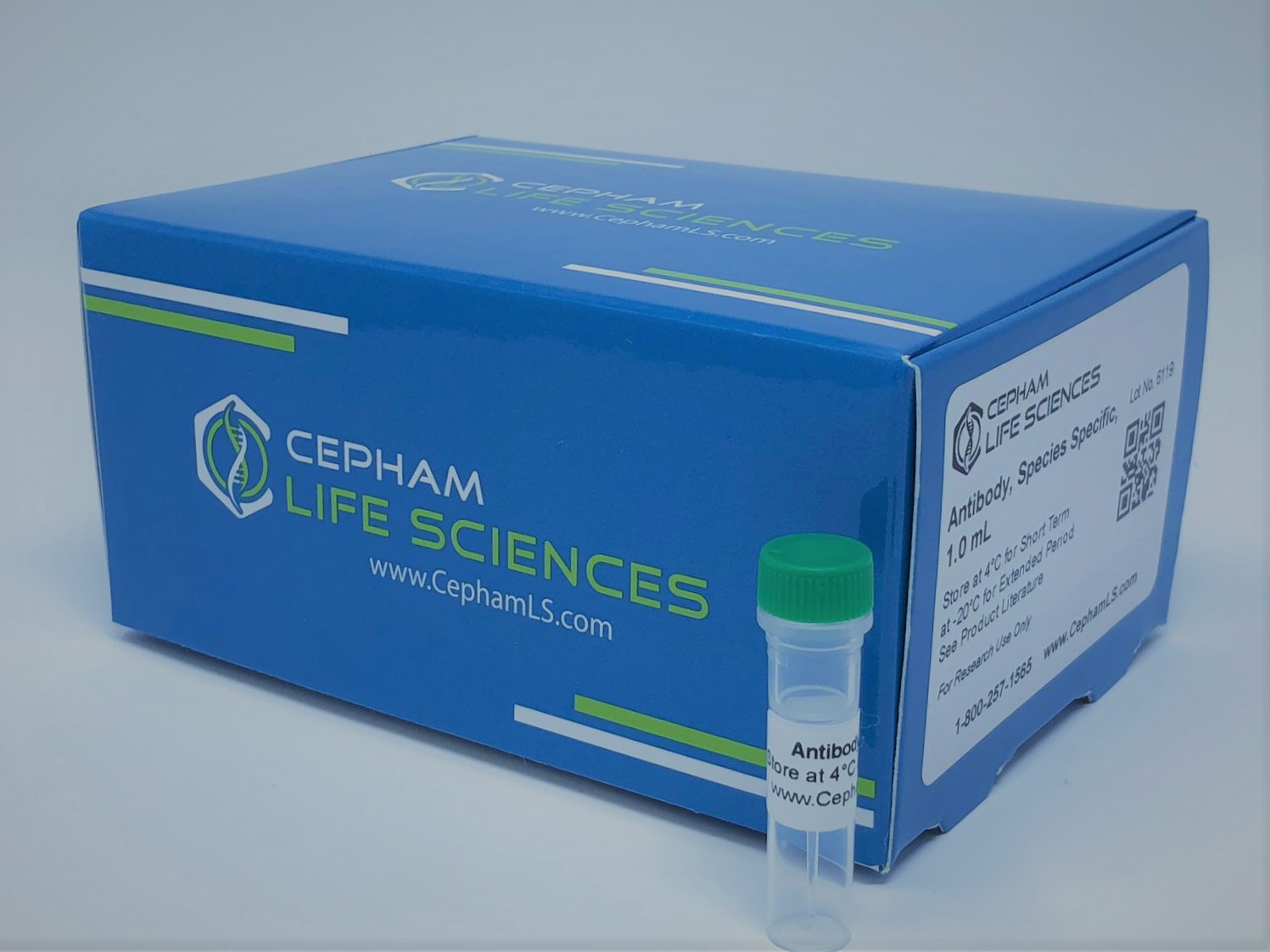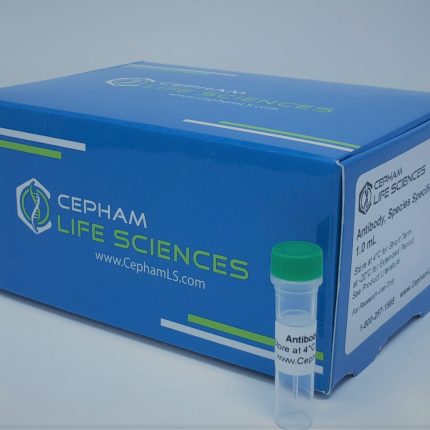Aliases
Parkinson juvenile disease protein 2, Parkinson disease protein 2, PRKN, PARK2
Antibody Type
Polyclonal Antibody
Species
Human
Uniprot ID
O60260
Immunogen
Recombinant human E3 ubiquitin-protein ligase parkin protein (1-465AA)
Raised In
Rabbit
Species Reactivity
Human
Tested Applications
ELISA;Not yet tested in other applications.
Background / Function
Functions within a multiprotein E3 ubiquitin ligase complex, catalyzing the covalent attachment of ubiquitin moieties onto substrate proteins, such as BCL2, SYT11, CCNE1, GPR37, RHOT1/MIRO1, MFN1, MFN2, STUB1, a 22 kDa O-linked glycosylated isoform of SNCAIP, SEPT5, TOMM20, USP30, ZNF746 and AIMP2. Mediates monoubiquitination as well as ‘Lys-48’-linked and ‘Lys-63’-linked polyubiquitination of substrates depending on the context. Participates in the removal and/or detoxification of abnormally folded or damaged protein by mediating ‘Lys-63’-linked polyubiquitination of misfolded proteins such as PARK7: ‘Lys-63’-linked polyubiquitinated misfolded proteins are then recognized by HDAC6, leading to their recruitment to aggresomes, followed by degradation. Mediates ‘Lys-63’-linked polyubiquitination of SNCAIP, possibly playing a role in Lewy-body formation. Mediates monoubiquitination of BCL2, thereby acting as a positive regulator of autophagy. Promotes the autophagic degradation of dysfunctional depolarized mitochondria (mitophagy) by promoting the ubiquitination of mitochondrial proteins such as TOMM20, RHOT1/MIRO1 and USP30 (PubMed:24896179). Mediates ‘Lys-48’-linked polyubiquitination of ZNF746, followed by degradation of ZNF746 by the proteasome; possibly playing a role in the regulation of neuron death. Limits the production of reactive oxygen species (ROS). Regulates cyclin-E during neuronal apoptosis. In collaboration with CHPF isoform 2, may enhance cell viability and protect cells from oxidative stress. Independently of its ubiquitin ligase activity, protects from apoptosis by the transcriptional repression of p53/TP53. May protect neurons against alpha synuclein toxicity, proteasomal dysfunction, GPR37 accumulation, and kainate-induced excitotoxicity. May play a role in controlling neurotransmitter trafficking at the presynaptic terminal and in calcium-dependent exocytosis. May represent a tumor suppressor gene.
Isotype
IgG
Conjugate
HRP
Storage Buffer
Preservative: 0.03% Proclin 300
Constituents: 50% Glycerol, 0.01M PBS, PH 7.4
Form
Liquid
Storage
Shipped at 4°C. Upon delivery aliquot and store at -20°C or -80°C. Avoid repeated freeze.
Purity
Caprylic Acid Ammonium Sulfate Precipitation purified
Modification
E3 ubiquitin-protein ligase parkin
Literature
[1]”Parkin suppresses unfolded protein stress-induced cell death through its E3 ubiquitin-protein ligase activity.” Imai Y., Soda M., Takahashi R. J. Biol. Chem. 275:35661-35664(2000). [2]”Immunohistochemical and subcellular localization of Parkin protein: absence of protein in autosomal recessive juvenile parkinsonism patients.” Shimura H., Hattori N., Kubo S., Yoshikawa M., Kitada T., Matsumine H., Asakawa S., Minoshima S., Yamamura Y., Shimizu N., Mizuno Y. Ann. Neurol. 45:668-672(1999). [3]”The status, quality, and expansion of the NIH full-length cDNA project: the Mammalian Gene Collection (MGC).” The MGC Project Team Genome Res. 14:2121-2127(2004).







